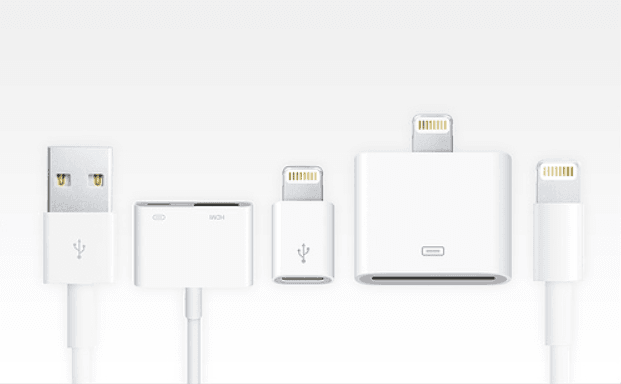Remember this tweet that went viral after Apple hit the trillion-dollar valuation? Every iPhone user can feel the pain that comes with the Lightning connector.
https://twitter.com/SophiaCannon/status/1025245403430772737
I am an iPhone user, and it annoys the hell out of me when I am going to stay over at my friend’s place and I have to carry Apple’s proprietary charger with me because the iPhone doesn’t support micro-USB. Apple is minting hundreds of millions of dollars every year by sticking to its proprietary Lightning connector. But the world needs a universal battery charger.
The European Union’s competition commissioner Margrethe Vestager could soon force Apple to ditch the Lightning connector and go back to the USB charging that everyone is using. Vestager is the same lady who recently slapped a $5 billion fine on Google for exploiting the dominance of Android.
In a written response to a question from a European Union lawmaker, Margrethe Vestager said her team “will shortly launch an impact assessment study” into the costs and benefits of different other options. The European Commission will explore options to push the smartphone industry to adopt a universal battery charging standard.
Apple introduced the Lightning connector in 2012
Android and iPhone users have complained for years about problems arising from using different chargers for their smartphones. Back in 2009, the European Union took a voluntary approach to “harmonize” the smartphone charging technology “irrespective of make or model.” In 2009, as many as 14 vendors including Apple, Nokia and Samsung came together to sign a memorandum of understanding (MoU) to harmonize chargers.
The MoU expired in 2012, but some vendors signed letters of intent in 2013 and again in 2014. According to an EU study published in 2014, the number of mobile charging connectors declined dramatically since the voluntary agreement. It cut down the costs for consumers and reduced electronic waste.
Since signing the voluntary agreement, nearly all major smartphone vendors adopted the micro-USB charging. But Apple dropped its 30-pin connector to introduce the Lightning connector in 2012. The Cupertino company did not technically violate the agreement because it offered vendors leeway to use proprietary connectors as long as it worked with an adopter supporting standard USB connections. In the years that followed, the Lighting connector became an outlier.
Will Apple switch to USB or go completely wireless?
Vestager’s statement that her team would “study” the options could spell trouble for Apple. That’s because the “study” is often followed by measures that outline how to punish vendors that fail to comply. If Apple is forced to drop the Lightning connector from iPhones, it could lose a lucrative source of revenue.
The European Union’s competition commissioner feels it’s a matter worth pursuing not just because it’s a huge inconvenience to consumers but also because it leads to more than 51,000 tons of e-waste every year from old chargers.
Vestager said the progress with the voluntary approach had been “unsatisfactory.” The study will be conducted by her internal market colleague Elzbieta Bienkowska.
Yes, Apple could lose some revenue. But the switch from Lightning to USB shouldn’t be a major problem for the company. It already offers USB-C ports on its MacBooks. There is also a possibility that Apple could ditch the charging port altogether and go completely wireless. It will start shipping the AirPower wireless charging mat later this year, which is capable of charging iPhones, iPads, and Apple Watches wirelessly.





